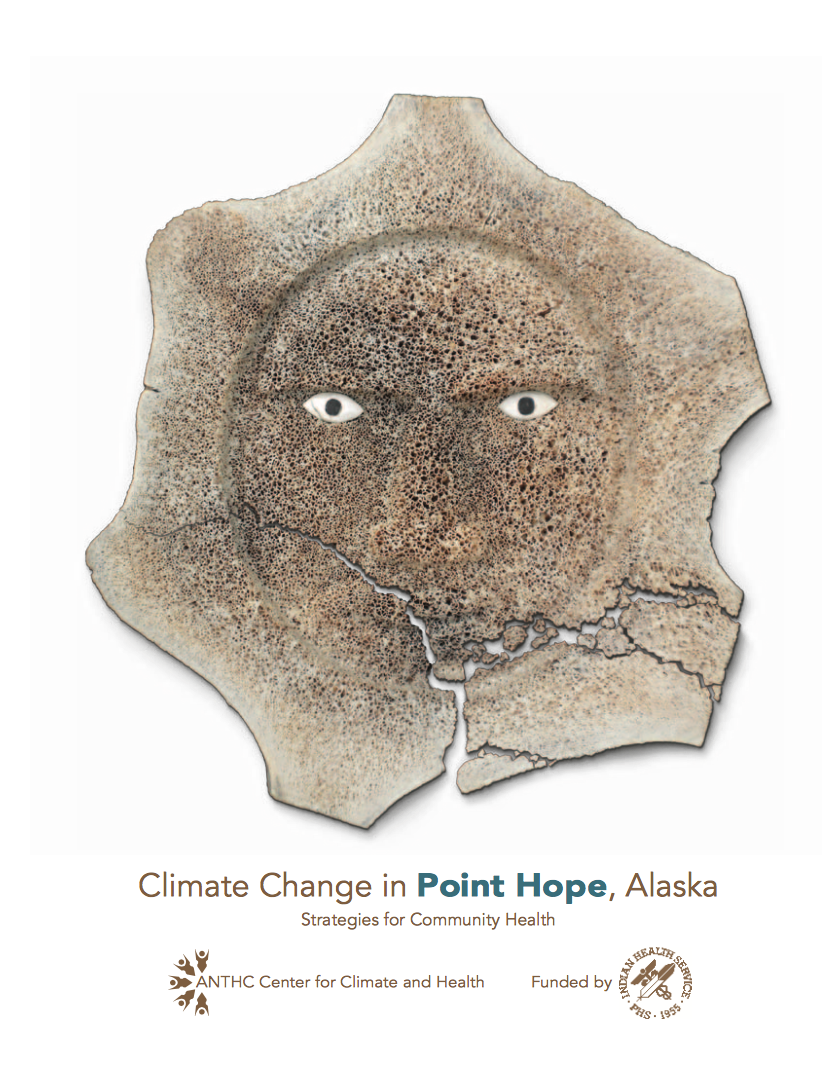Climate Change in Point Hope, Alaska: Strategies for Community Health

Posted by
CAKE TeamAbstract
On a narrow promontory extending far out into the Chukchi Sea, the village of Point Hope enjoys one of the nest locations in Alaska for the harvest of subsistence resources, including sh, marine mammals, birds and caribou. This amazing place has allowed the Inupiat of Point Hope to ourish for centuries, and it is one of the oldest continuously occupied communities in Alaska. But it is also one of the most exposed, vulnerable to the full force of coastal storms and the constant shaping of the land by the wind and the sea. Shore erosion and the risk of ooding has forced relocation in the past. Today with the added pressure of climate change, Point Hope continues its struggle with increased urgency; against erosion and against other new emerging challenges to the community, the culture, and to public health.
Three issues were identified that are of special public health concern: first, the permafrost that cools traditional underground food storage cellars is thawing, and there are currently no community alternatives for storage of whale meat and blubber. Secondly, warming is contributing to changes in 7 Mile Lake, the community drinking water source. Temperature in uenced blooms of organic material have clogged water lters, adversely affecting water treatment. Thirdly, the community is increasingly vulnerable to flooding, due to storm intensity, erosion and late freeze up. The airstrip and 7 Mile road are also vulnerable. Emergency planning should continue to address these vulnerabilities, encourage early warning systems for storm events and ensure that evacuation routes and adequate shelter is available in a safe location.